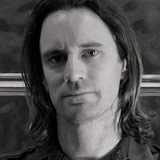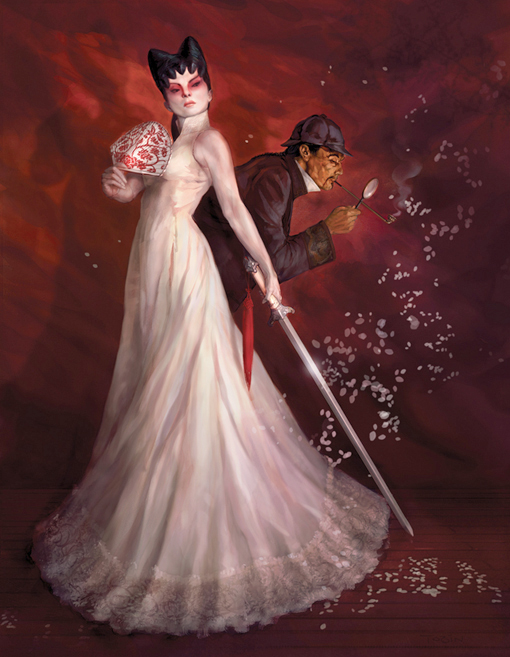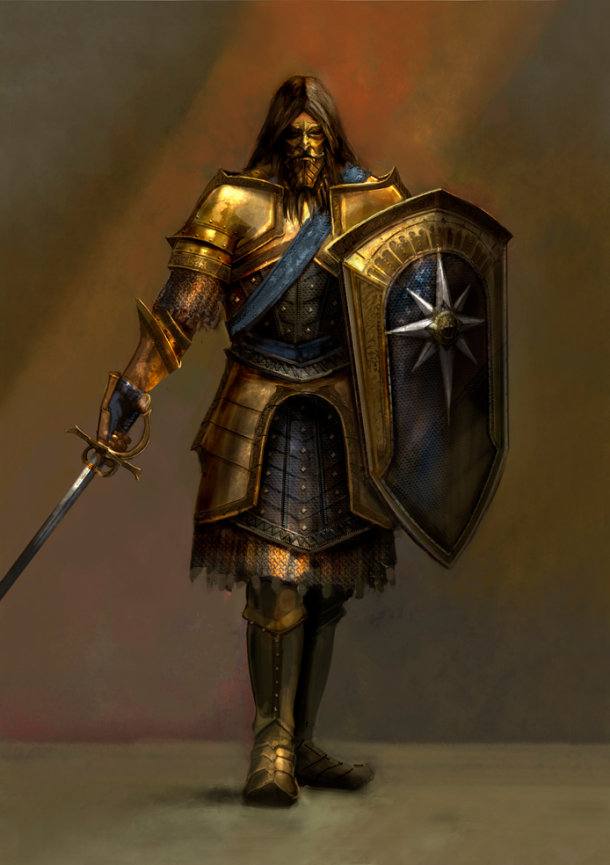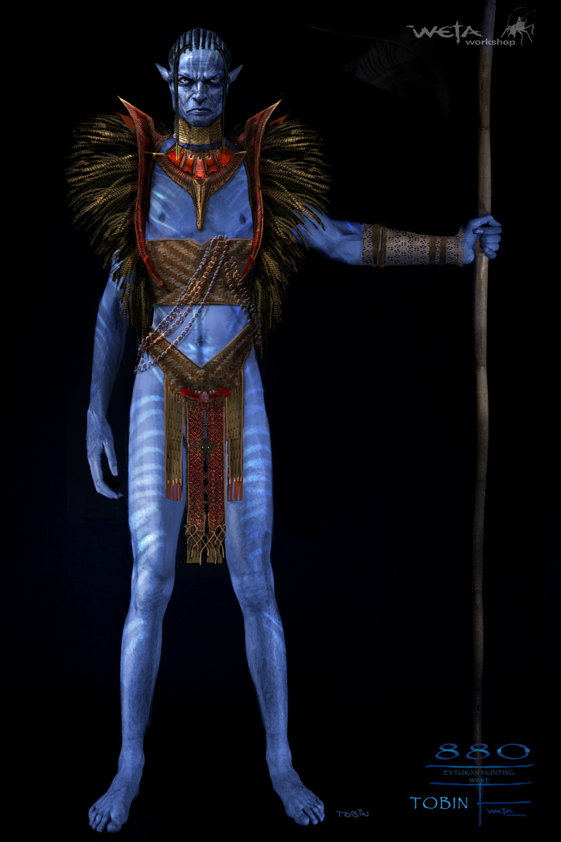Q&A: Paul Tobin, Weta concept designer
 Paul Tobin has worked as a concept designer at Weta Workshop since 2003, designing on The Lion, The Witch and the Wardrobe, The Chronicles of Narnia: Prince Caspian, King Kong, Avatar and The Hobbit.
Paul Tobin has worked as a concept designer at Weta Workshop since 2003, designing on The Lion, The Witch and the Wardrobe, The Chronicles of Narnia: Prince Caspian, King Kong, Avatar and The Hobbit.
He also teaches illustration at Massey University, runs his own concept design workshops, and established a small company called Ignite Inc. dedicated to the celebration of individual creativity through collective projects. The first of these is White Cloud Worlds, an anthology of science-fiction and fantasy art from New Zealand, published through Harper Collins NZ.
In his session for the Gnomon School of Visual Effects’ upcoming online Master Classes, which go out between 11 and 25 February, Paul explores the conceptual and technical process behind an illustration produced for Coilhouse Magazine: Sherlock Holmes vs The White Fox Woman – a brief History of Chinese Pulp.
The session sets out techniques that can be applied to give depth, detail and meaning to figurative illustration. For this email interview, Paul battled net outage and his iPhone’s on-screen keyboard to bring us more details.

Sherlock Holmes and the White Fox Woman. Copyright 2010 Coilhouse Magazine and Paul Tobin.
CG Channel: What do you hope people will still remember a week after watching the class?
Paul Tobin: Anything would be great – barring how much I ‘um’ and ‘ah’ on the audio, of course.
As my class is based around a live job, I hope that gives some insight into the challenges of real-world work. Because I am primarily a concept designer, I guess I tend to use my design experience to enrich my illustrative approach, and that’s a big part of what I am trying to impart in the class. For me, it’s important to convey layers of meaning, creating an illustration that accompanies the text but steps beyond it as well.
Finally, one of the biggest things I hope people will remember is to keep the picture loose and energetic, but nail the detailing in your focal points.

Miraz Armour Concept, Prince Caspian – Copyright 2007 by Disney Enterprises, Inc and Walden Media, LLC.
All rights reserved. Produced at Weta Workshop.
CGC: What single other tip would you give to an aspiring character artist?
PT: Draw, draw and then draw some more! The greater your ability to make your ideas a visual reality, the more you can push beyond the boundaries of the commonplace and express originality in your work.
CGC: Concept art is a very competitive field. What qualities took you to the top?
PT: I would not put myself in the category of ‘gifted’ artist, so it really comes down to passion, intiative and focus. These three things will enable you to master skills that some rare individuals have an inborn talent for.
Certainly, good timing and contacts can be useful, but the main thing is to just keep putting yourself out there and not to be precious about your ideas. A big part of concept design is teamwork and group critique, so you need to work well with others and take criticism in your stride.
Finally, don’t be discouraged. We all suffer from self-doubt: it’s one of the things that keeps you from stagnating.
CGC: Tell us one thing about your work that few other people know.
PT: Well, it’s not common knowledge (until now) that I failed final-year art in high school. I failed to get into design school the first time I applied as well. It took a break of about four years of practice and traveling the world before I finally got good enough to get accepted.

Eytukan Costume Design – Avatar. Copyright 2009 Lightstorm Entertainment.
All Rights Reserved. Produced at Weta Workshop.
CGC: What part of the process makes you sit back and think: ‘This is why I do this job’?
I love that honeymoon period where you first start on a film and budget and time restraints are not so tangible. Everyone is geared up and you can cut loose with out too many restrictions.
Another reason I love the job is the creative challenge, but it’s also about the people. At Weta Workshop, there is a real culture of sharing experience and skills, and it has been this artistic generosity that has enabled me to become a successful designer – and in turn instilled a love of passing on what I have learnt.
There is also an amazing sense of the surreal working at the Workshop. You can be wandering down to get a coffee and have someone in full dwarven prosthetics and armour having a cup of tea, or you can find yourself in a group photo with George Lucas with Peter Jackson taking the picture. It’s moments like those that keep you sane when the pressure piles on.
Visit the Gnomon School website to enrol for the Master Classes ($295 for all 12 classes)
